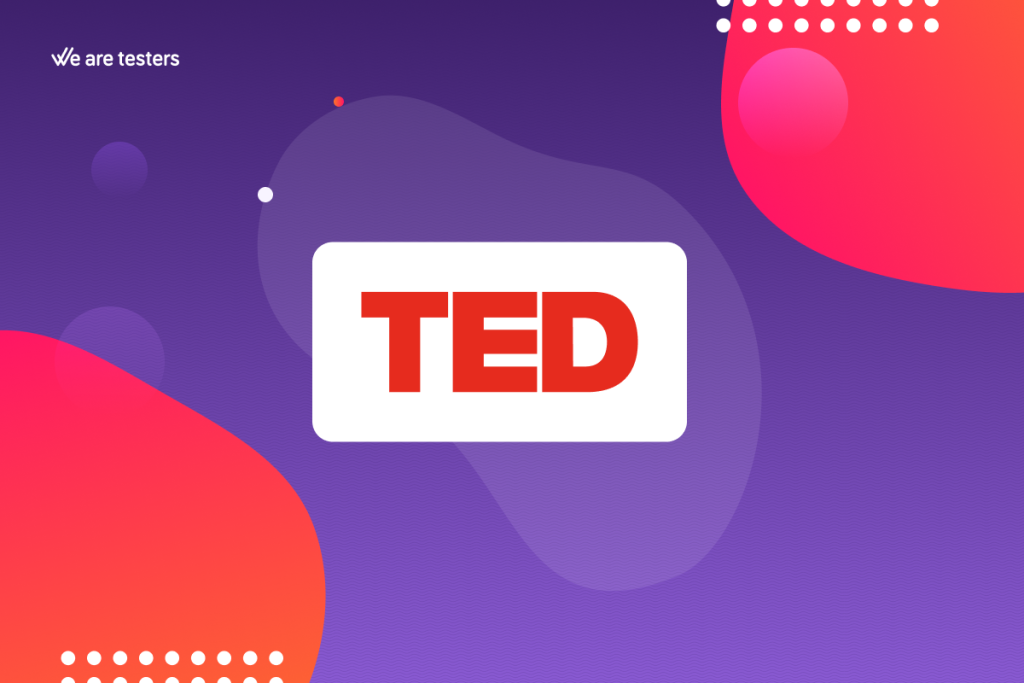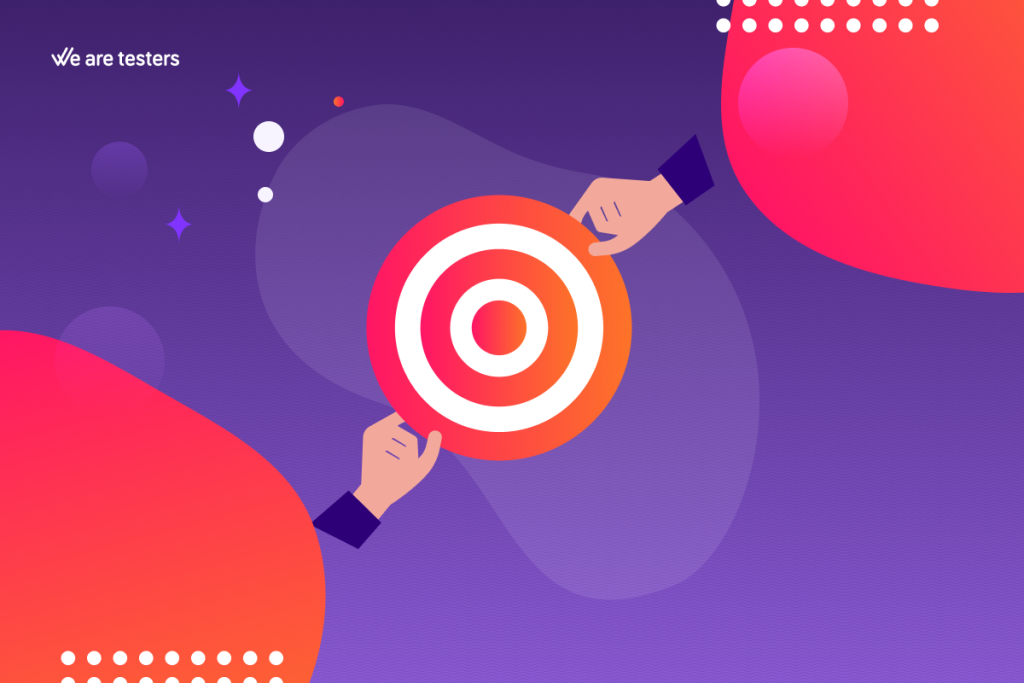
Benefits and limitations of focus groups
Like all research methodologies, focus groups have pros and cons that you will need to weigh up when choosing to use them to meet a research need.
Benefits of focus groups
Focus groups are the ideal tool to understand a reality in detail and provide deep insights, as they allow you to explore in depth the opinions and feelings of the participants, something that cannot be captured through quantitative surveys. Therefore, at times when exploratory research is needed, they are a trump card.
In addition, focus groups provide a more enriching interaction than other qualitative techniques, such as in-depth interviews. Group dynamics can stimulate new ideas or insights that would not emerge in a one-on-one conversation.
Limitations of focus groups
Like all qualitative research techniques, focus groups help to better understand a reality, but they do not allow for precise quantification of the relative importance of each aspect. For this reason, they are often combined with surveys.
In terms of cost, organising a focus group is within the reach of any company, but conducting many focus groups will require a budget. Much of the cost of focus groups has to do with moderation and incentivisation of participants, where there are virtually no economies of scale. This is another reason for combining them with surveys, where there are economies of scale, and it is more efficient to look for differences in consumer profiles.
Finally, detractors also criticise the fact that the moderator may introduce bias, as he or she may tend to seek confirmation of his or her own ideas.
Online vs. face-to-face focus groups How to choose?
One of the most important decisions to make when organising a focus group is whether it will be held in a physical location or whether participants will connect via the internet. Generally, face-to-face focus groups are held in purpose-built rooms in large cities. They usually have large tables around which participants gather, and observers can follow the groups comfortably behind mirrored walls.
Online focus groups, on the other hand, are organised using software that allows the focus group to be conducted in much the same way as it would take place in person. Online focus groups have gained traction in market research and their growth accelerated rapidly during the COVID-19 confinement. Once the pandemic subsided, many of the focus groups continued to be conducted online.
Advantages of organising a face-to-face focus group
When participants are in a room for qualitative studies, they have direct contact and members interact with each other. This makes it easier to collect not only the answers they express aloud, but also a lot of information that emerges from their non-verbal communication and enriches the findings. In addition, if as part of the session you wish to introduce a dynamic – for example, interacting with a product package – it is easier to organise.
Advantages of holding an online focus group
Conducting online focus groups has many advantages in terms of efficiency and convenience:
- There is no need to rent rooms. As the whole process takes place over the Internet, it is not necessary to hire a room in each place where you want to organise a discussion group, with the significant savings that this entails.
- Participants do not have to travel. Participants can do it from the comfort of their own home. The technology ensures that they can interact with each other in much the same way, and being in their own environment gives them security, privacy and comfort, and psychologically they feel freer to express their opinions.
- Greater geographical spread can be counted on. Bringing people from outside the big cities to participate in focus groups is difficult, expensive and rarely happens in practice. But with online discussion groups, all these geographical barriers are eliminated.
- Convenience for observers: possibilities to connect from different locations to view the dynamics live.
- Speed. By eliminating the need to hire rooms and travel that can take days to schedule, it is possible to get into the field much more quickly and have the conclusions in record time.
- Technology. By conducting focus groups through a specialised platform, a transcript of the sessions can be obtained immediately. And artificial intelligence can create summaries to facilitate the moderator’s analysis and deliver the results even faster.
Without room, travel and subsistence costs, it is much more competitive in terms of cost and speed to hold online focus groups, and it is also more convenient for participants, moderators and observers. These reasons are at the heart of the rapid growth of online focus groups in most markets.
How to organise a focus group step-by-step?
Once you have defined your research objectives precisely and have opted for focus groups, it is time to set them up. We take a step-by-step look at everything you need to run your own focus groups.
- Research rooms or platform. If you opt for face-to-face focus groups you will need to hire qualitative research rooms in all the cities where you are going to carry out your research. If you are opting for online focus groups, you will need to equip yourself with access to the platform of your choice. Remember that a specialised research platform will allow you many more possibilities, such as the ability to have observers, transcripts and summaries of the sessions.
- Participants. Generally, a focus group is composed of between 8 and 12 people. This size allows for sufficient interaction without it becoming unwieldy. If you are going online, a consumer panel gives you easy access to consumers with the exact characteristics you need.
- Moderator. Your role is to guide the conversation, ensure that all participants have a chance to speak, and keep the focus on the topics of interest. You can act as moderator yourself if you have experience. Or, if you prefer, choose to have an experienced moderator facilitate the discussion while you observe the groups live.
- Moderation guideline. Whether you manage the groups yourself or have moderators, you will need a moderation guideline. This is a set of guidelines or a script that the moderator uses to conduct the session effectively. These guidelines help ensure that the discussion stays focused, that all important topics are covered, and that the objective of the study is achieved. It also includes guidelines on what to do when unexpected interesting topics come up that require flexibility in applying the guideline.
Once you have everything you need, you can go to the field. If you do not moderate them, we recommend that you attend as an observer anyway, as it will help you to start forming your ideas. And if you do moderate them, remember that nowadays technology allows you to get video recordings, transcripts, and summaries of the sessions to facilitate the analysis and you can bring the conclusions to all stakeholders in record time.
Online discussion groups with We are testers
At We are testers we have everything you need to get your focus groups up and running. We have a specialised research platform that includes all the functionalities to make your online focus groups easy. And among the 130,000 members of our panel of consumers and users you will find the profiles you need for your groups. These participants have voluntarily signed up to participate in market research and are ready to bring full value to your research. Finally, we have a network of specialised focus group moderators to support you whenever you need it.
Ready to start your own focus groups. Contact our experts to help you get there.
Update date 20 August, 2024

